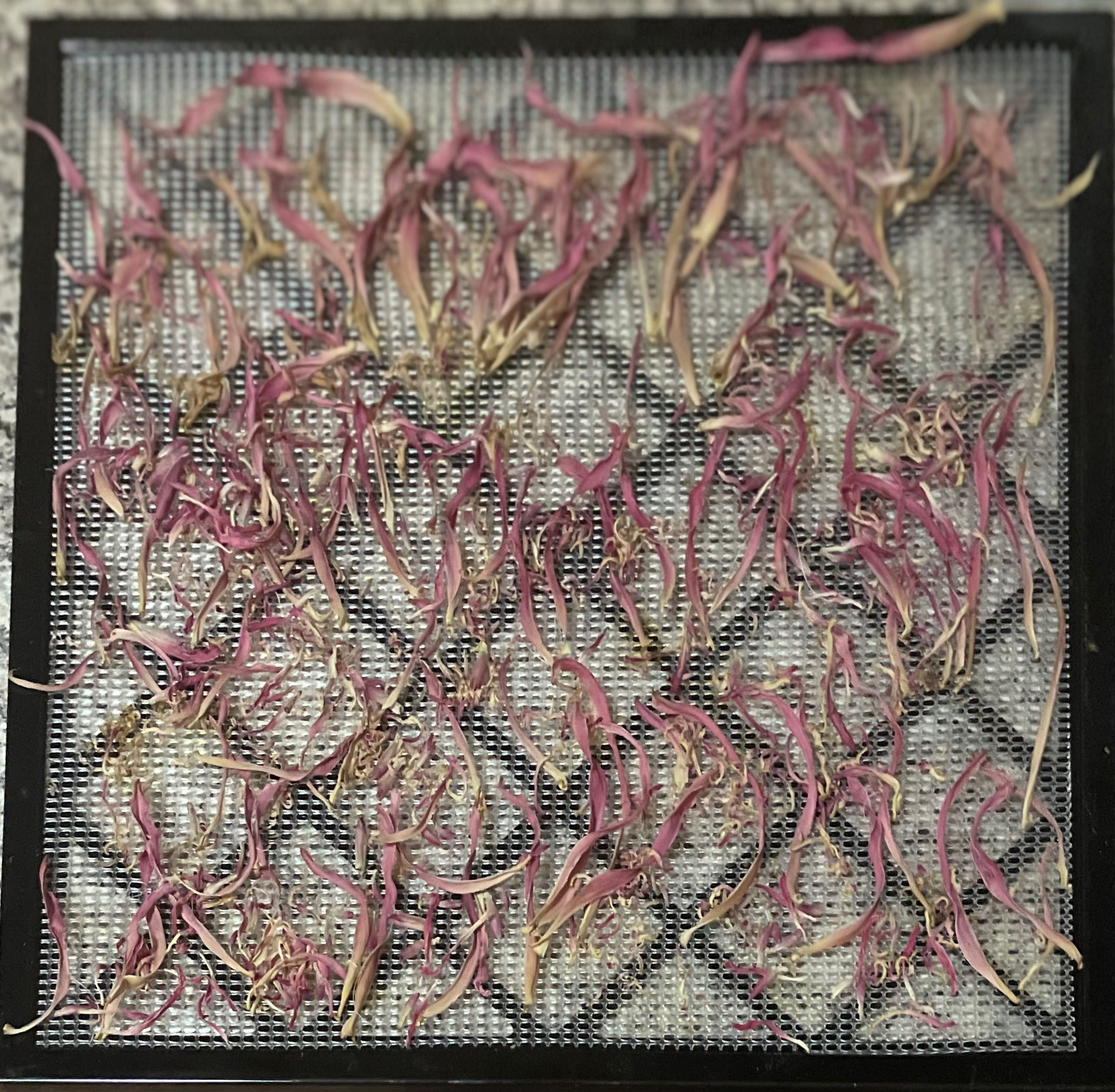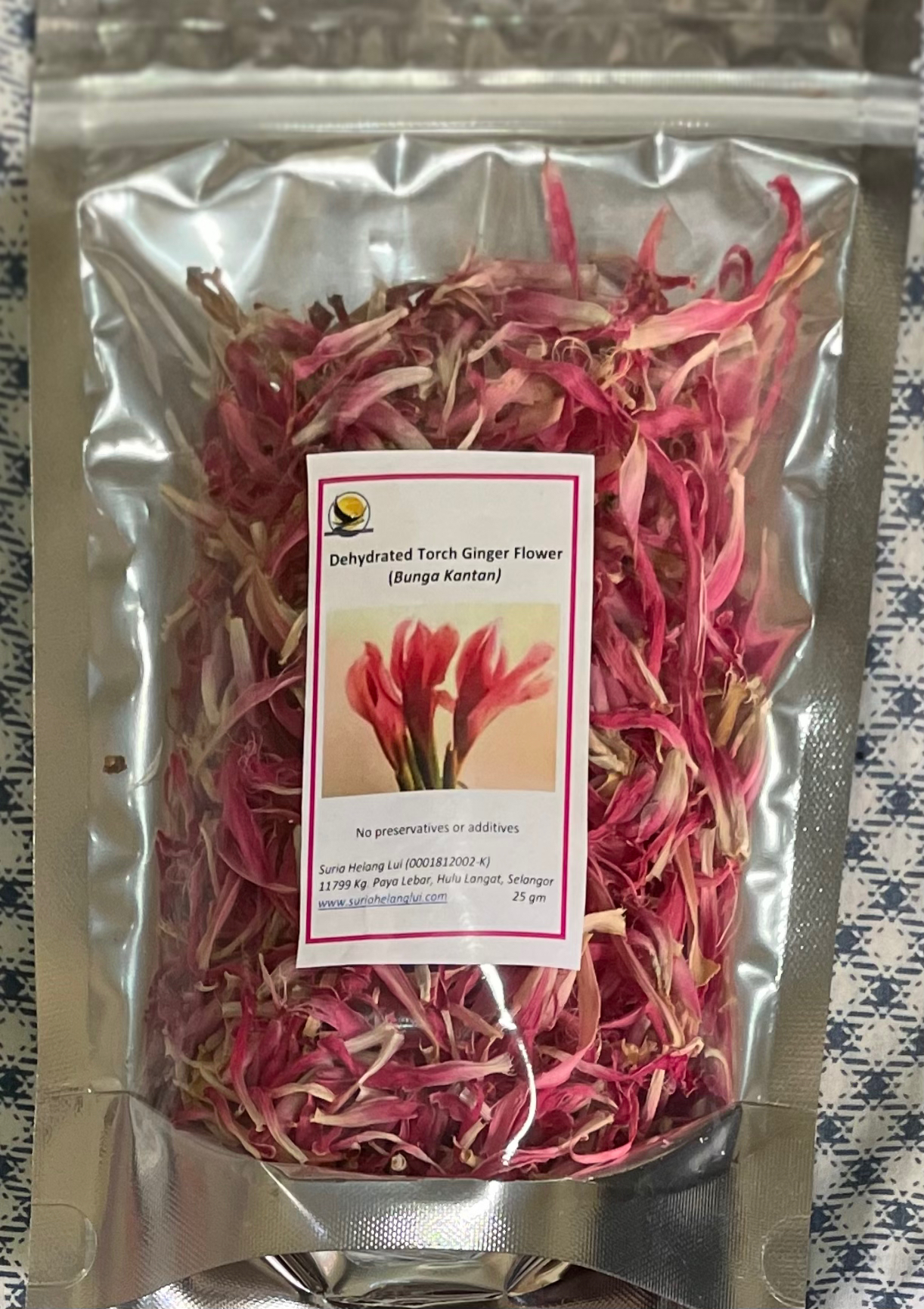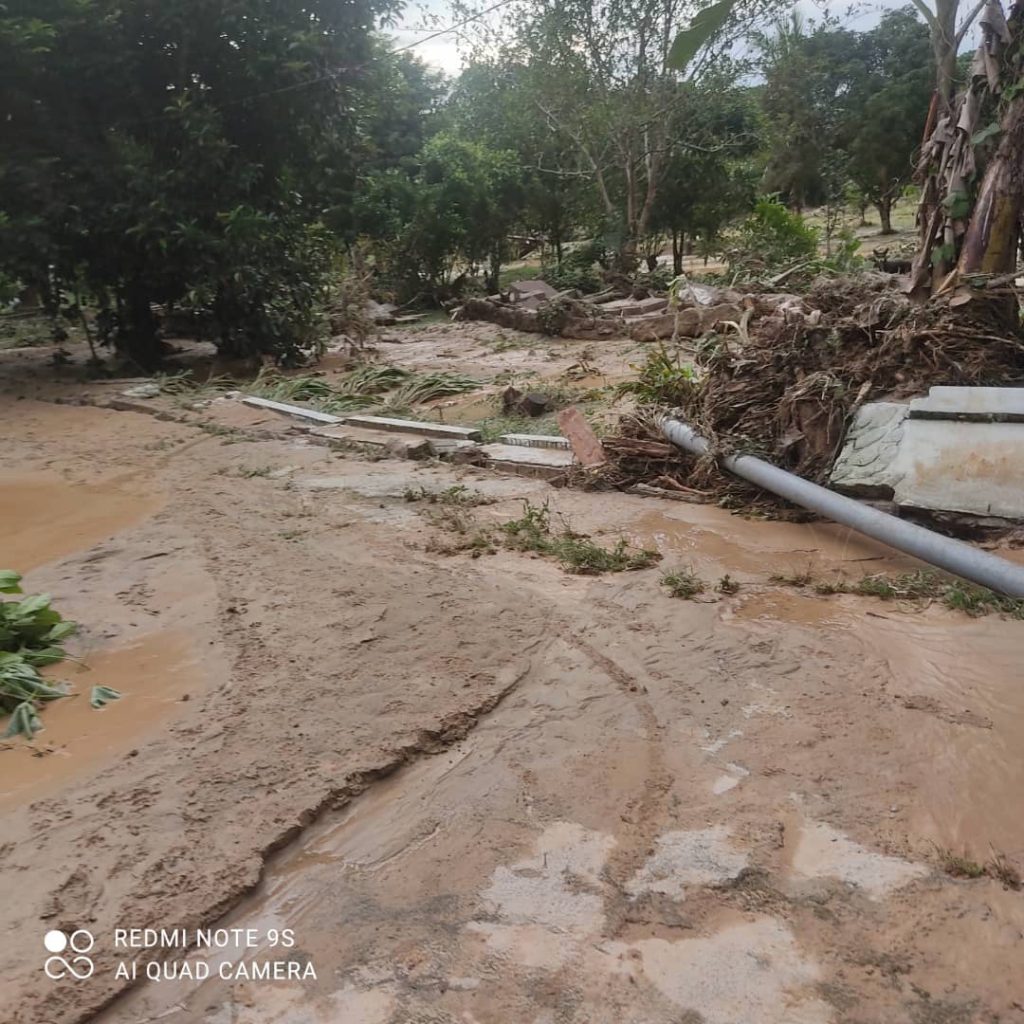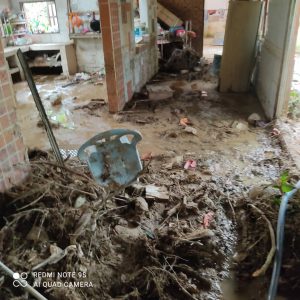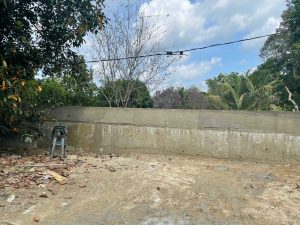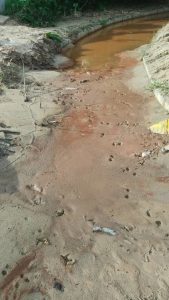Sg. Lui: Penyelenggaraan yang mengundang bencana
Satu isu yang sering dibincangkan oleh penduduk di Sg. Lui, Hulu Langat ialah penyelenggaraan Sg. Lui yang kurang memuaskan. Di musim peralihan angin monsun tahun ini di antara bulan Oktober hingga Disember, dengan hujan lebat dan ribut petir diramalkan dari November 1 hingg November 23 hampir tiap-tiap hari, kami sedang bersiap-sedia untuk bencana banjir sekali lagi. Sg. Lui merupakan satu sungai yang menerima aliran air dari 5 anak sungai yang bermula di kawasan bukit berdekatan. Apabila hujan turun tidak berhenti selama beberapa jam di kawasan bukit ini, paras air di Sg. Lui boleh naik dengan mendadak sehingg melebihi 1 meter.

Saya memantau dari kawasan Kampun Paya Lebar, Hulu Langat kerana sg. Lui membahagikan tanah saya. Dari banjir bulan Disember 2021, lebih sungai di tanah saya telah dihakis lebih dari 3 meter lebar yang secara tidak langsung melebarkan sungai ini. Dari tanah saya hingga ke Batu 20, Kampung Sg. Lui, sungai ini mengecil. Paras tebing juga menurun sepanjang aliran Sg. Lui.
Di tebing sungai di sini, jelas hanya sebelah tebing sahaja yang dikukuhkan dengan guni pasir. Di sebelah kana, jelas akibat paras air yang naik baru-baru ini yang meninggalkan tanah, pasir dan batu selepas paras air surut. Paras air yang naik dan surut sering berlaku kebelakangan ini menyebabkan dasar sungai naik. Ini akan menyebabkan perbezaan paras dasar meningkat di antara hulu dan hilir dan jurang paras air dengan paras tebing mengurang. Apabila hujan turun dengan berterusan di kawasan bukit di hulu, paras air akan meningkat dengan mendadak sehingga lebih dari 1 m.
Dari permulaan tahun 2022, terdapat kerja-kerja membersih dan menyelenggara tebing Sg. Lui tetapi kerja-kerja ini tidak dilaksanakan dengan rapi menyebabkan kerja-kerja membaiki tebing dan mendalamkan sungai dijalankan berulang-kali. Kawasan ini merupakan kawasan punca air dan “tadahan hujan”. Apabila kerja-kerja dilaksanakan seperti “tikus gerit”, ia tidak akan membawa apa-apa faedah dan merupakan pembaziran wang rakyat. Jika banjir di kawasan saya, bermakna akan berlaku banjir yang agak teruk hingga ke kawasan Sg. Serai, Batu 10, Hulu Langat. Jika paras air meningkat hingga sekaki di paras bawah jambatan, ini bermakna kawasan di sepanjang Batu 23 hingga Batu 20 akan mengalami banjir kerana paras di kawasan ini adalah lebih rendah dari di sini.

Sungai Lui di dalam sepuluh tahun ini sudah berubah aliran. Hasil dari banjir 2021, sungai ini sudah semakin lurus. Aliran dahulu yang berliku sudah jadi kurang berliku. Tebing sungai juga terhakis dan paras air sungai meningkat hasil dari mendapan pasir dan tanah. Sudah berkali-kali JPS menghantar kontraktor untuk mendalamkan sungai dan mendamparkan pasir dan tanah yang dikorek ke tebing.
Malangnya, tiada guni pasir atau jaringan batu diletakkan di tebing sungai. Akibatnya, dua-tiga bulan kemudian, akan muncul kontraktor untuk mengorek tanah dan pasir dari sungai dan mendamparkannya ke tebing sekali lagi. Gambar ini memaparkan bagaiman sungai ini diluruskan sebab selekoh sebelum banjir 2021 sudah tiada dan sungai semakin lebar hasil dari hakisan. Jelas juga sungai ini semakin cetek akibat dari mendapan tanah dan pasir hasil dari hakisan tanah di hulu.
Saya tertanya juga, tiadakah pakar yang di JPS atau pegawai yang memantau keadaan Sg. Lui. Tidakkah mereka sedar bahawa jika bencana banjir melanda di kawasan ini, impaknya lebih teruk sepanjang aliran Sg. Lui sehingga Batu 9 Cheras?

Kekuatan arus air dari banjir 2021 juga menyebabkan tebing yang tinggi dihakis dan tanah runtuh sehingga satu rumah yang terdapat ditebing ini telah jatuh hancur dan beberapa rumah mengalami kerosakan besar.
Jika arus air Sg. Lui seperti banjir 2021 berulang di bulan November ini, kemungkinan besar selekoh ini akan diluruskan lagi kerana tebing sungai ini tiada perlindungan dari hakisan. Pokok-pokok akan tumbang dan dihanyutkan yang akan meninggikan lagi tahap kerosakan di sepanjang aliran sungai ini. Di bahagian ini, paras tanah sungai sudah turun lebih kuran 1 m dari paras di jambatan ke Kampung Orang Asli Paya Lebar.
Apa yang menyedihkan ialah terdapat rumah-rumah baru yang dibina oleh rakyat yang berangan untuk hidup di kawasan kampung di usia emas. Wang simpanan mereka yang digunakan untuk pembinaan rugi begitu saja dan kini berhadapan dengan masalah membai-pulih rumah atau membinanya baru.
Hal ini telah diutarakan kepada pihak-pihak yang berkuasa tetapi 10 bulan selepas kejadian, masih tiada tindakan. Hakisan ini berterusan sebab kawasan ini sering dilanda hujan lebat terutama sejak pertengahan bulan Oktober 2022.
Sungai Lui bercantum dengan Sungai Langat di Batu 18, Hulu Langat. Terdapat beberapa sungai lagi yang mengalir ke dalam Sungai Langat. Melihat keadaan semasa dan ramalan cuaca di bulan November ini, saya menulis artikel ini bagi mengutarakan masalah di Sg. Lui dan betapa pentingnya pihak berkuasa perlu melaksanakan kerja-kerja yang perlu secepat mungkin bagi mengelakkan bencana banjir seperti di bulan Disember 2021. Di waktu yang sama, saya harap penduduk di kawasan Batu 23 Sg. Lui hingga Batu 9 Cheras bersiap-sedia dan peka dengan keadaan semasa di hulu sungai yang akan membawa impak terhadap mereka.

 The Torch Ginger Flower (Bunga Kantan) ia a beautiful flower that is aromatic and used in various Malaysian cuisine with the most well-known being Assam Laksa. There are several different colors for these flowers including various shades of pink, white and red. At the farm, we have the white and pink flowers. The most commonly found are the pink flowers. As with many flowers, these flowers will last about one week, less if it is fully bloomed. The flavor and aromatics from the flowers gets more intense from the bud stage, the stage that we most commonly find at the market, to full bloom.
The Torch Ginger Flower (Bunga Kantan) ia a beautiful flower that is aromatic and used in various Malaysian cuisine with the most well-known being Assam Laksa. There are several different colors for these flowers including various shades of pink, white and red. At the farm, we have the white and pink flowers. The most commonly found are the pink flowers. As with many flowers, these flowers will last about one week, less if it is fully bloomed. The flavor and aromatics from the flowers gets more intense from the bud stage, the stage that we most commonly find at the market, to full bloom.
